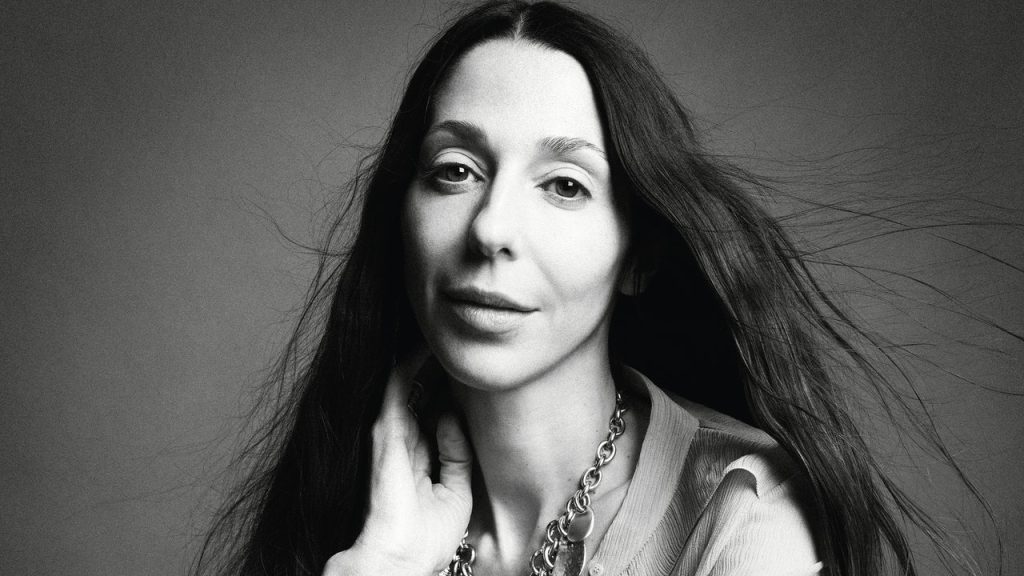Kamali is a designer who has been collecting blouses for decades, with a collection that ranges from antique Victorian garments to Karl-era Chloe artifacts. She has around a thousand blouses, which are stored in her house as well as her parents’ house and the basement. Kamali believes in the importance of heritage and history in fashion, taking inspiration from the past and translating it for contemporary styles. She does not like being labeled as in the boho chic category, as she finds it reductive and prefers to draw on broader historical influences for her work.
Leading up to her debut show, Kamali and her team were in their own bubble, off the radar, focused on developing their designs without the pressure of outside scrutiny. She believes in the importance of creating a strong foundational base for her work and values the freedom and creativity that comes from working without external influences. Kamali emphasizes the importance of artistic and personal narratives in her work, creating spaces and collaborations that nurture female artists and highlight their stories.
Kamali has a flagship store on Rue St-Honore that serves as an ongoing testing ground for a new “architectural concept” that will reshape Chloe’s retail spaces in the future. The store resembles an art gallery with white walls hung with colorful canvases from female artists. Kamali believes in giving female artists a platform to showcase their work and tell their stories. She views a fashion show as a form of storytelling, comparing it to a poem or a short movie with a beginning, middle, and end.
At the Chloe offices, Kamali unwinds as she explores the archives, admiring the various artifacts and garments stored there. The house’s scrupulous archivist has organized the artifacts meticulously, down to a 1950s newspaper clipping discussing “La Super Femme” placed below a power suit. Kamali enjoys delving into the history of the house, admiring Lagerfeld’s minimalist designs for Chloe that emphasized lightness and simplicity in construction. The attention to detail and historical significance of the artifacts inspire Kamali in her own design process.
Kamali’s approach to fashion is deeply rooted in history and heritage, with a focus on translating past influences into contemporary designs. She values the creativity that comes from working without external influences, allowing her to build a strong foundation for her work. Kamali’s emphasis on artistic and personal narratives is evident in her collaborations with female artists and her approach to storytelling in fashion shows. Her commitment to nurturing creativity and showcasing the stories of female artists sets her work apart and emphasizes the importance of authenticity and individuality in the fashion industry.
Overall, Kamali’s work reflects a deep appreciation for history and heritage in fashion, with a focus on translating past influences into contemporary designs. She values creative freedom and independence in her design process, creating spaces that support and showcase the stories of female artists. Kamali’s approach to fashion emphasizes storytelling and personal narrative, with an eye towards creating unique and innovative designs that draw on a rich tapestry of historical influences. Her commitment to authenticity and creativity sets her work apart, highlighting the importance of individuality and self-expression in the fashion industry.


